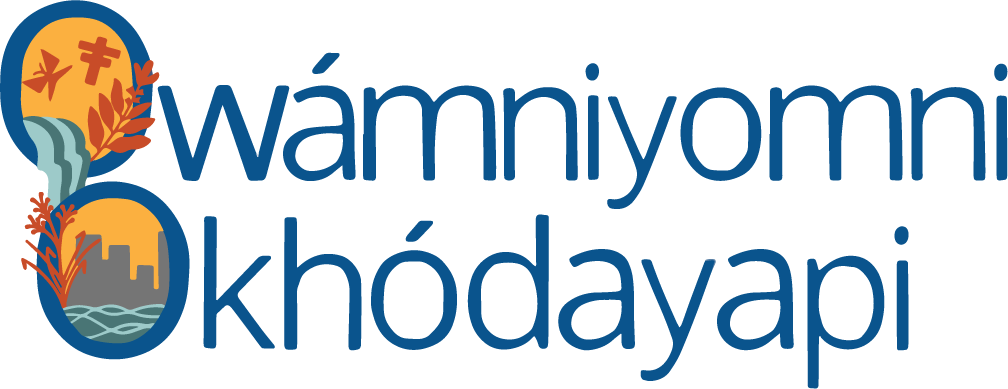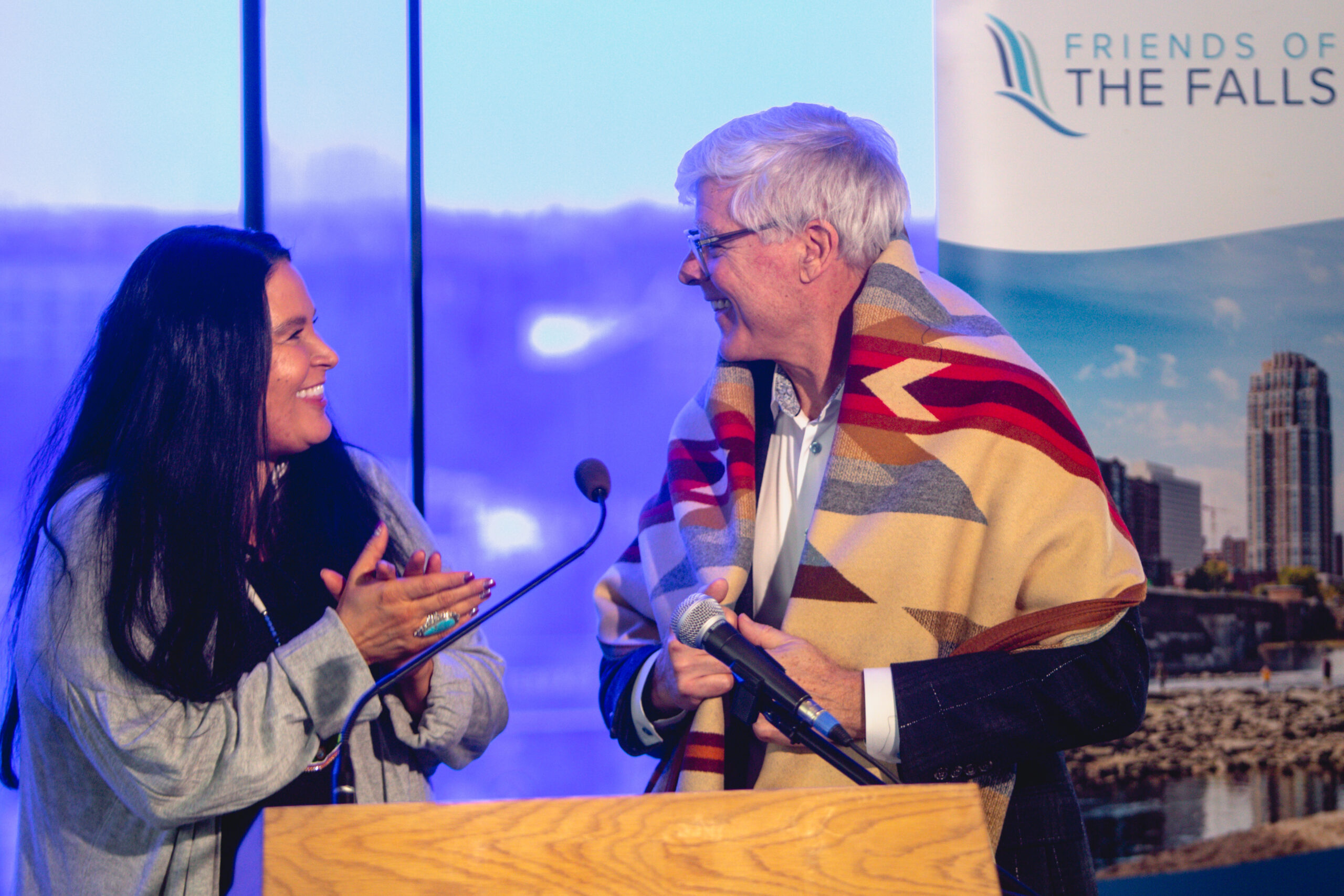Published by Indian Time
Friends of the Falls is presenting preliminary design concepts for the area that will be located close to the Upper Lock and Dam at St. Anthony Falls. Following the announcement made in 2016 by the United States Army Corps of Engineers that it intended to stop using the lock, the organization began investigating potential new uses for the facility and the area that surrounds it in 2017. Commercial traffic has been restricted through the upper lock, which first opened its gates in 1959, in order to prevent exotic species from moving upriver. Flood prevention remains one of its primary functions.
When the community first requested a top-notch visitors’ center to learn about the history of the river, falls, and city, the organization answered. However, the group changed its focus following a protracted discovery process that lasted years and involved forums and community input sessions. In recognition of the cultural importance of the location to the Dakota people and other Native cultures who lived there before the city was founded, Friends of the Falls has committed to putting a Native-led vision for the site into action.
Early designs that were shown today show places where people can gather for ceremonies and healing, as well as places where they can physically connect with the river. People can learn about the historical, cultural, and spiritual importance of the area to the Dakota people from signs along the winding paths.
The designs pay tribute to Spirit Island, which used to be a sacred place where Dakota women went to give birth. The designers also thought about how the walls of the lock could be used to make an art and education gallery.
The council of elected tribe leaders, Native artists, and elders was gathered by Friends of the Falls, the Native American Community Development Institute (NACDI), and CDA Enterprises to establish the project’s guiding principles. The vision statement of the Council calls for reestablished ties to the river, respect for Dakota language and culture, and continued maintenance of the land and water.
The sketches do not represent the final designs, and the ideas will continue to develop based on the input and direction provided by the leaders of the Dakota Tribe.
In 2020, Friends of the Falls named former Hennepin County Commissioner Mark Andrew its first president. He began fostering relationships with Native people, and creating a vision for Owámniyomni, or St. Anthony Falls.
Mark Andrew is retiring and the leadership team has appointed Shelley Buck as the organization’s new president after revealing early site design concepts. Shelley led the Native Partnership Council and served twelve years on the Prairie Island Indian Community Tribal Council, six as president. As a result of the retirement of two of the organization’s initial board members, the organization will have a majority of Indigenous people overseeing the development of the project.
Reporting by Businesswire included a statement by the organizations new president Shelley Buck, “Owámniyomni (St. Anthony Falls) and Wita Wanagi (Spirit Island) were desecrated like so many of our sacred sites. For Friends of the Falls to name a Bdewákaŋtuŋwaŋ (Mdewákaŋtoŋ) Dakota – and in particular a Dakota wíŋyaŋ (woman) – as its next leader, is not a symbolic gesture. It puts Dakota voices rightfully in the lead. The River is our relative; we follow her lead,” said Shelley Buck, president, Friends of the Falls. “In the second season of this project, we will assess different ownership models. It’s our desire to involve Dakota tribal nations in that discussion, to get their input in shaping the vision for the site, and to strengthen their role in the project going forward.”
While Friends of the Falls and tribal leaders discuss potential models for long-term ownership of the facility, the City of Minneapolis has agreed to take ownership of the location on an interim basis.
Read the article at IndianTime.net.


